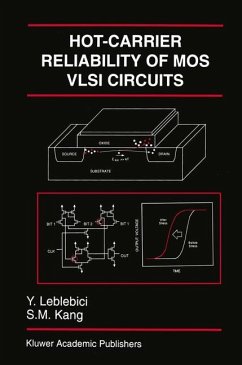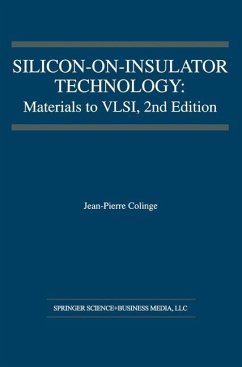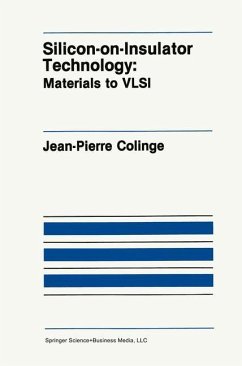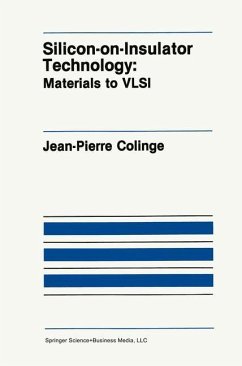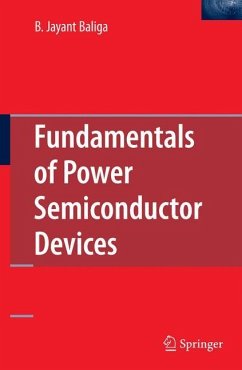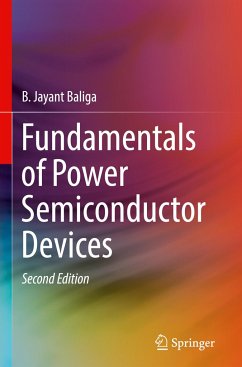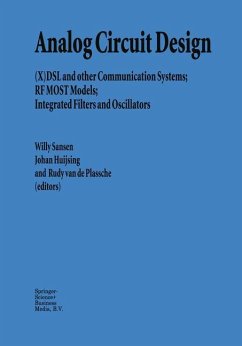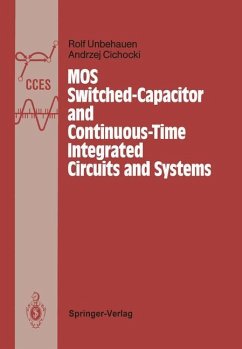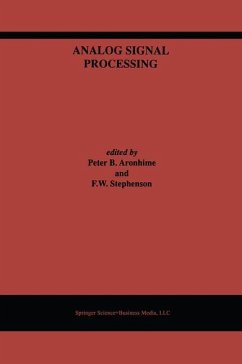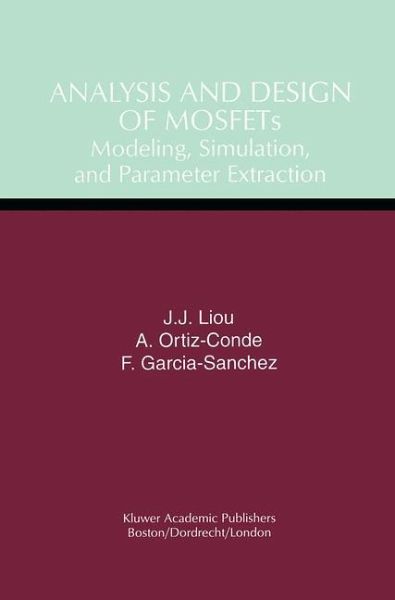
Analysis and Design of MOSFETs
Modeling, Simulation, and Parameter Extraction
Versandkostenfrei!
Versandfertig in 1-2 Wochen
115,99 €
inkl. MwSt.
Weitere Ausgaben:

PAYBACK Punkte
58 °P sammeln!
Analysis and Design of MOSFETs: Modeling, Simulation, and Parameter Extraction is the first book devoted entirely to a broad spectrum of analysis and design issues related to the semiconductor device called metal-oxide semiconductor field-effect transistor (MOSFET). These issues include MOSFET device physics, modeling, numerical simulation, and parameter extraction. The discussion of the application of device simulation to the extraction of MOSFET parameters, such as the threshold voltage, effective channel lengths, and series resistances, is of particular interest to all readers and provides ...
Analysis and Design of MOSFETs: Modeling, Simulation, and Parameter Extraction is the first book devoted entirely to a broad spectrum of analysis and design issues related to the semiconductor device called metal-oxide semiconductor field-effect transistor (MOSFET). These issues include MOSFET device physics, modeling, numerical simulation, and parameter extraction. The discussion of the application of device simulation to the extraction of MOSFET parameters, such as the threshold voltage, effective channel lengths, and series resistances, is of particular interest to all readers and provides a valuable learning and reference tool for students, researchers and engineers.
Analysis and Design of MOSFETs: Modeling, Simulation, and Parameter Extraction, extensively referenced, and containing more than 180 illustrations, is an innovative and integral new book on MOSFETs design technology.
Analysis and Design of MOSFETs: Modeling, Simulation, and Parameter Extraction, extensively referenced, and containing more than 180 illustrations, is an innovative and integral new book on MOSFETs design technology.





